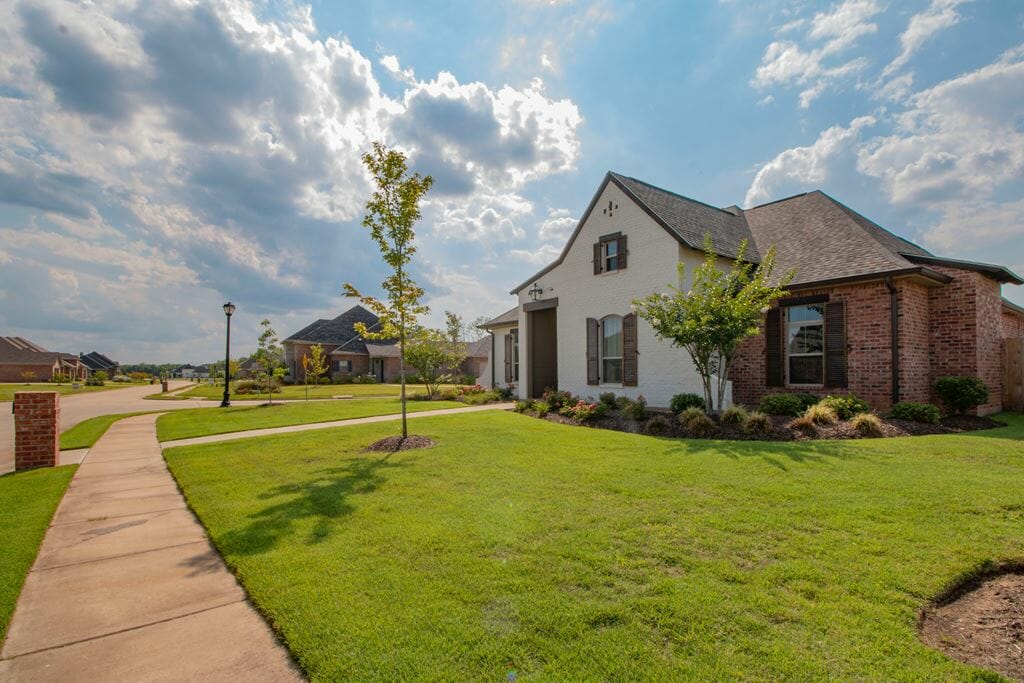When looking to run a resilient and successful business, looking into the real estate market is the way to go in this day and age. The real estate business is highly competitive. One must adopt many techniques to become a successful real estate business owner.
Setting up a robust website for your business is not as challenging as you think. You will enjoy building and creating your website if you have the required tools and techniques. A strong real estate website helps you simplify the whole process of selling properties by attracting potential buyers in the market.
We will help you build a real estate website based on a popular platform, WordPress, which millions of people use worldwide. If this is your first time building a website, it might take longer, but following our guide below will ensure your site is up and running in no time!
1. Register Your Domain Name
The first step is to register your domain name. There are multiple domain name providers on the internet. You can enter the desired domain name in these websites’ search bar, and tons of available domain names appear in front of you. Don’t choose the domain name already taken to avoid delays in the confirmation process. Always choose a domain name that is easy to pronounce and remember. Then, you will have to set a specific time for which you want to get your domain name registered. After the registration process, you’ll receive a confirmation email.
2. Set Up Your Web Host Account
Every website needs to be connected to the internet 24 hours a day and 7 days a week so everybody worldwide can see it. Start setting up by choosing your WordPress host. Please note that you need the smallest payment plan if you are just starting out and planning to build a single real estate site. You may purchase the bigger plans if you plan to develop more websites for real estate agents in the US or anywhere else. Go to the host, choose a plan, and enter your registered domain name. Then register a web host account by entering all the required information. After that, you will receive a confirmation email along with an invoice.
3. Connect Your Domain With Your Web Hosting
Log in to the website where you have registered your domain name. Go to the domain setting and choose the server. The confirmation email received from the web host account will have the server and remember that there will be two nameservers. Copy and paste them where required. Sometimes, the domain can take a few hours to move to the nameserver; it may also take a day, so, you need to be patient before moving on to the next step.
4. Install WordPress
Now you have your domain name and web hosting all ready to go, the next step is installing WordPress, a free platform used by site owners for decades that enables you to build a website. The next step you have to do is to log into the control panel of your website. You have to enter your new domain with a slash and Cpanel. It will look like this: www.yourdomainname.com/cpanel, and from there, you will be asked for the username and password. You can take this information from the email received from the hosting account.
Here, you will come across WordPress – this is easily installed. Before the installation, it asks for a few details related to your site. Fill that in, and remember to write the information down somewhere else too so you don’t forget it.
5. Choose a Real Estate Theme
You can buy any real estate theme from Google, but before purchasing, remember that if you are just starting out, you only need a standard license. Fill in your information and you will get a confirmation email. To access your purchased theme, log in to the templatic Member’s Area. Open the confirmation email and scan the email until the section about the account information pops up. Once you log in, the dashboard will have the theme you have purchased.
6. Theme Installation and Configuring Your Real Estate Website
You have now your theme ready. The next step is to install the theme. Now, to log in to the admin side of the website, you will have to type www.yourdomainname.com/wp-admin, and a log-in page will come up. Take the username and password that you entered while installing WordPress. Upon logging in, you will see a dashboard; this is where you manage your website from. The left side of the page consists of a lot of menus. For now, let’s stick to the real estate one. Click on the appearance option present on this menu; it will take you to the themes. Here, you can see all your existing themes, so click on the one you want to add and install it. Once done, click on Activate Now. It will then ask for a license key. This will be in the email you received from where you purchased your theme. Copy the license key from there and enter it in.
Congratulations!
Now you have your real estate website up and running. The installed theme will come with dummy content that you will replace with your own unique content. Make sure you consider SEO strategies while updating your content on the website to make it stand out.
If you wish to make any changes to the theme, you can go to the settings and customize it further. The advanced search filters, relevant listing, drone photography, property information, and beautiful galleries will strengthen your real estate website and attract more visitors.
Before setting up your first listings, carefully choose adjectives like “sparkling pool” because these will not only attract the buyers but will also create an image that will persuade them to buy that particular house. There are many online real estate directories where you can register your website. Then, you can also use social media to promote it and turn your customers’ home-buying dreams into reality.
















